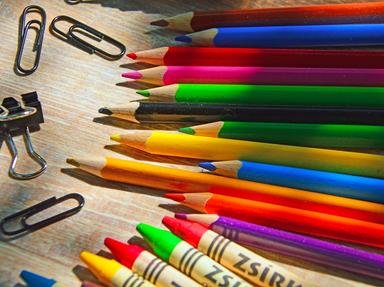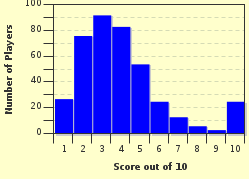Quiz Answer Key and Fun Facts
1. What was the very first "Post-It" note used for? (This first usage sparked the idea of the "Post-It" note and it soon became one of the most widely circulated office products in the U.S.)
2. The design of the common paper clip has not changed at all since its original invention in 1867.
3. Many things from the past could be called staplers so a question about them is difficult. So let's say a stapler is a machine that fastens at least two pieces of paper together with a piece of metal. If we use this definition, who was the very first person to use a stapler?
4. By 1893, the "paper punch," a device that punches holes in pieces of paper, had already been invented, but it was in this year that Charles Brooks made a change to the "paper punch" and re-patented the improved invention. What was this innovative alteration?
5. The rubber band was invented by a man named Stephen Perry, a worker at a rubber manufacturing plant. Perry invented it as a tool for holding together paper or envelopes. In what year was the rubber band invented and patented?
6. Most stamping tools now use rubber as the material on which the image or word is printed. What material was most commonly used in stamps before rubber was utilized for this purpose?
7. For what purpose was clear (Scotch) tape originally invented?
8. When were the earliest known scissors invented and used?
9. The earliest evidence of glue was used in conjunction with what activity?
10. Before the beginning of the common rubber eraser invented around 1770, what material was most commonly used to remove lead or charcoal marks on paper?
Source: Author
scheimer
This quiz was reviewed by FunTrivia editor
Exit10 before going online.
Any errors found in FunTrivia content are routinely corrected through our feedback system.

